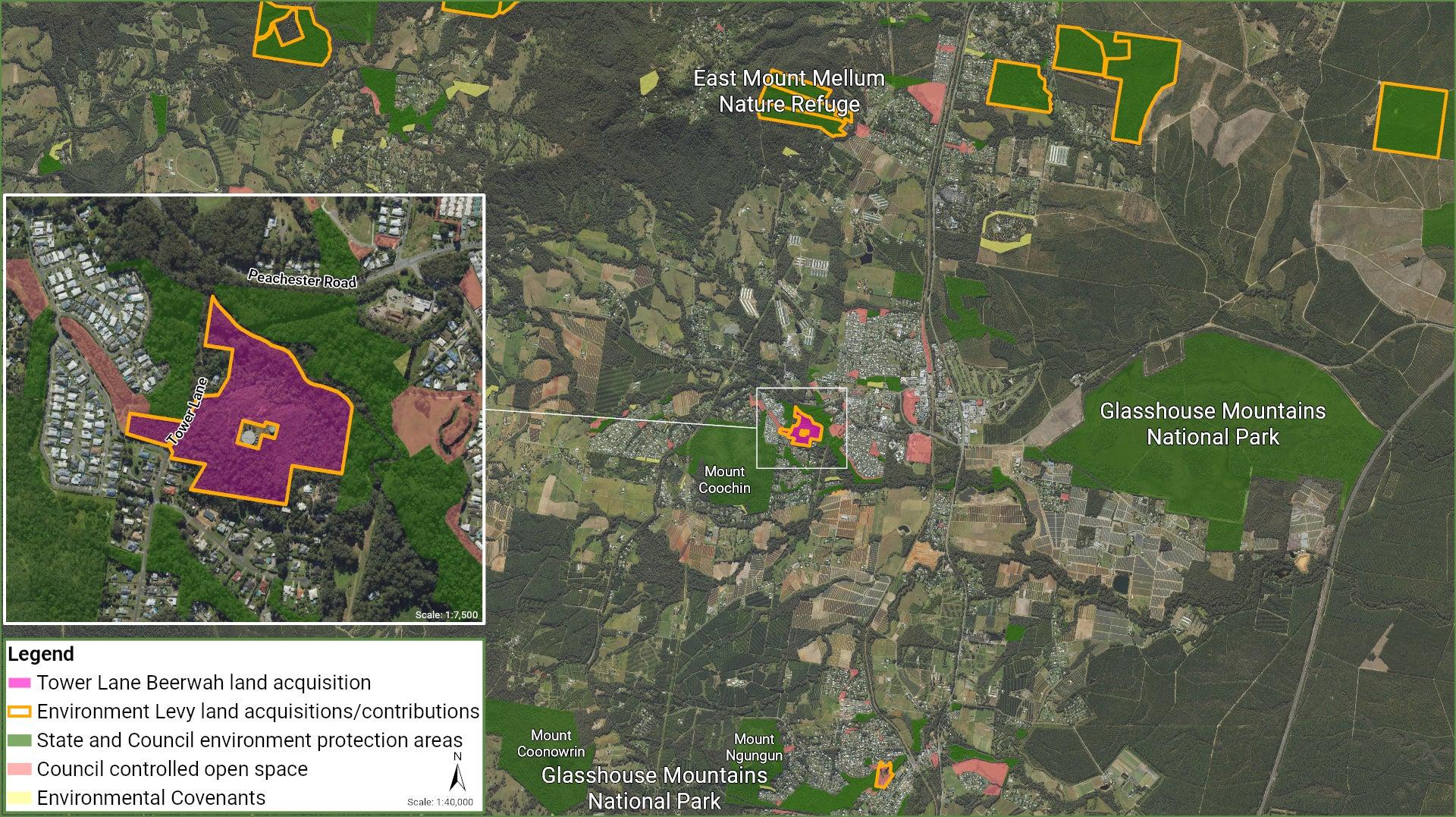One-of-a-kind hilltop with incredibly rare grevillea now protected
Rupari Hill is now part of Sunshine Coast Council’s protected estate, after the 10.9 hectare site at Tower Lane was purchased for $860,000 through the Environment Levy.
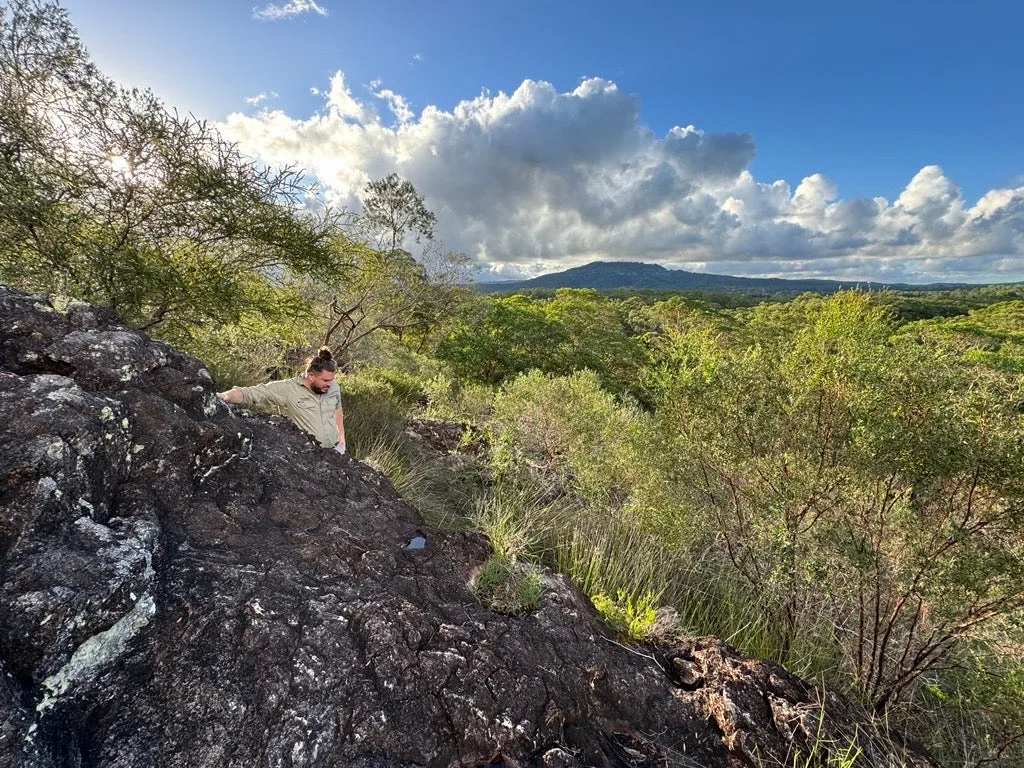
On a hinterland hilltop overlooking Beerwah and the coastline beyond, a slender-leaved shrub blooms into bursts of yellow between the volcanic rocks.
The Critically Endangered Coochin Hills grevillea (Grevillea hodgei) is found in only two small pockets: the peaks of the Coochin Hills and this rocky outcrop known locally as Rupari Hill.
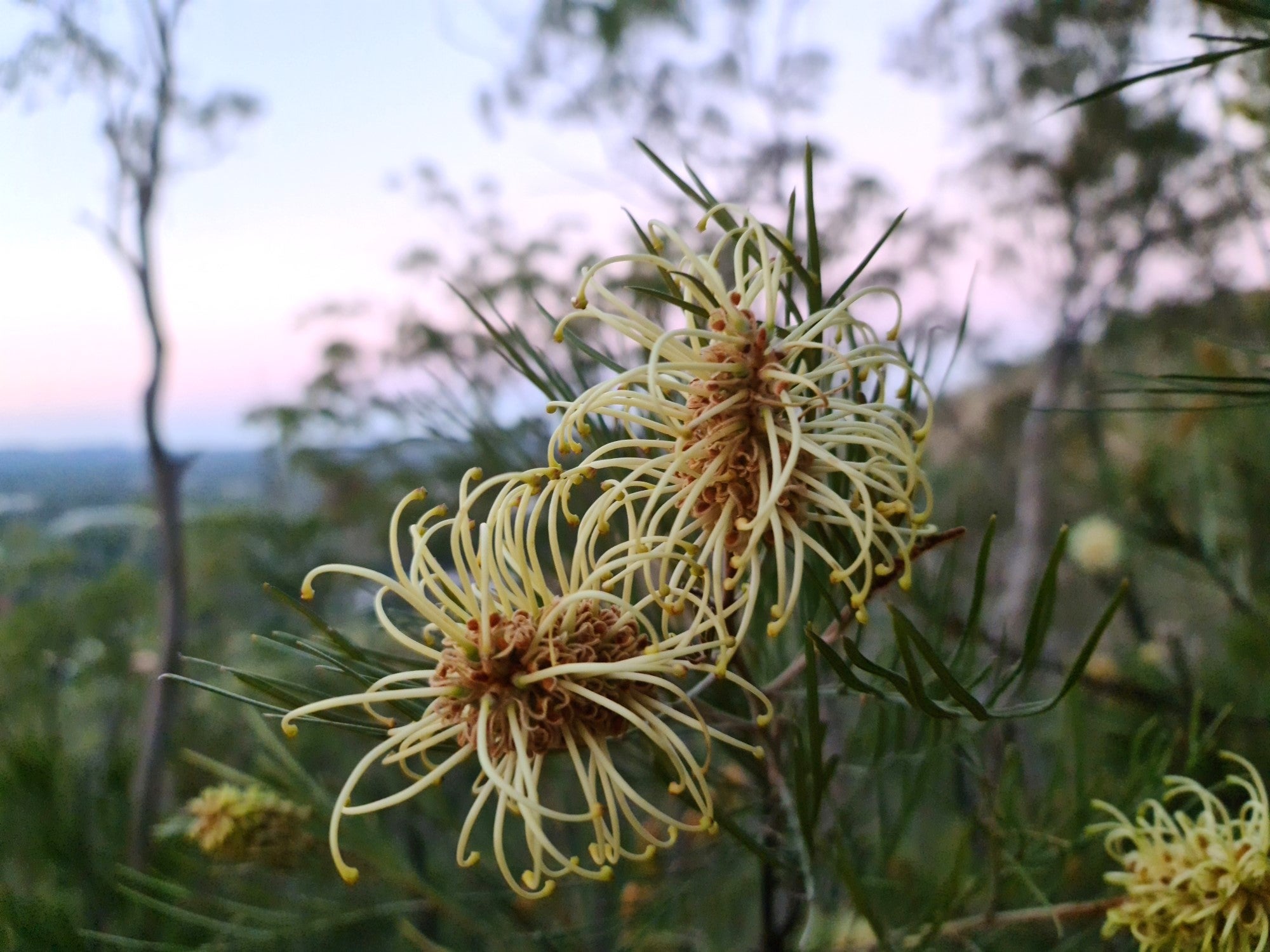
Rupari Hill is now part of Sunshine Coast Council’s protected estate, after the 10.9 hectare site at Tower Lane was purchased for $860,000 through the Environment Levy.
Environment and Liveability Portfolio Councillor Tim Burns said the site was home to many locally significant plants and habitat for wildlife like the koala and powerful owl.
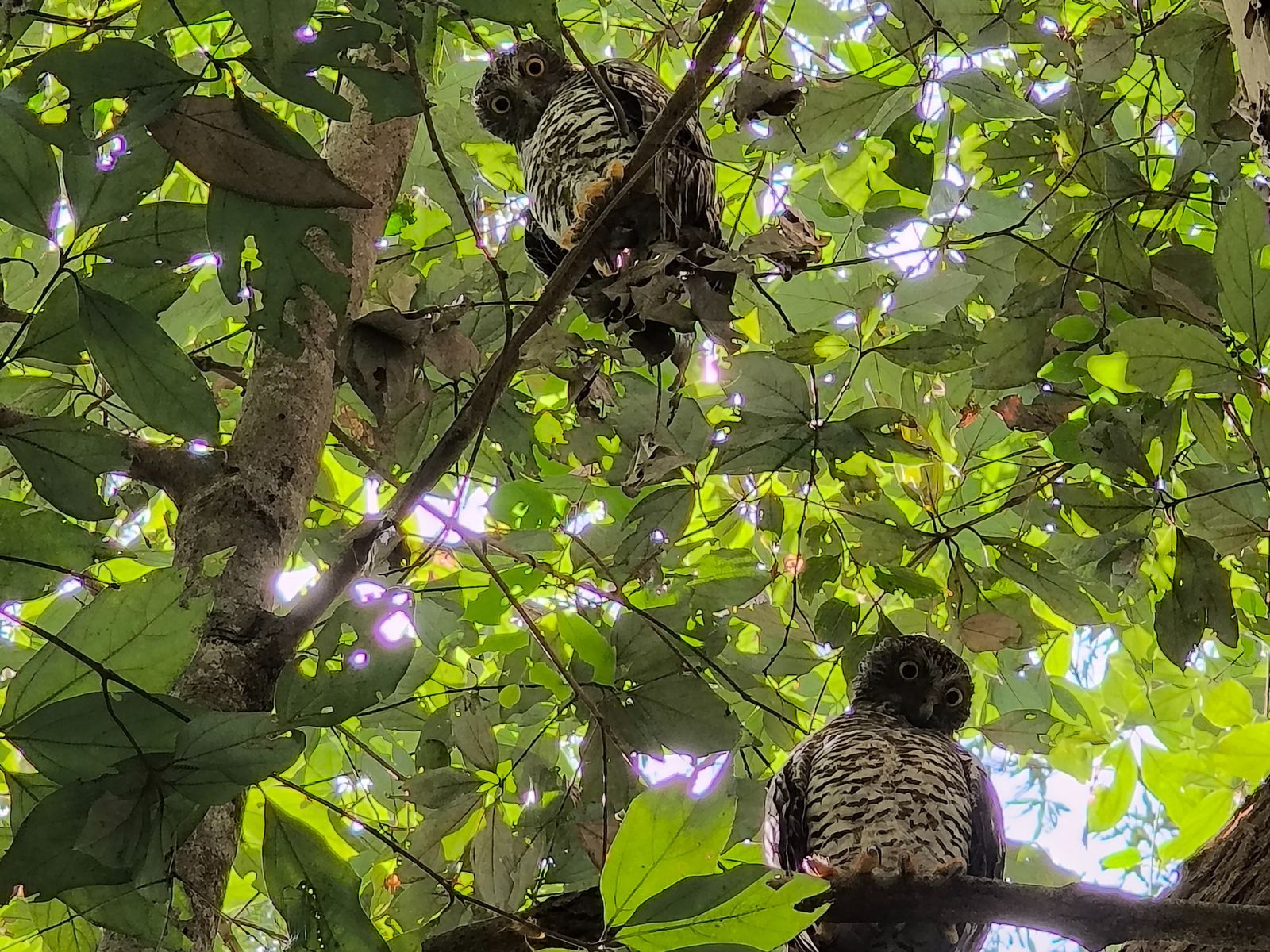
“This is a special ecosystem here on Rupari Hill with a unique assemblage of native species, including several plants only known to occur in the Glasshouse Mountains,” Cr Burns said.
“The volcanic rock and soil here creates conditions that these plants rely on, so it was a high priority site for Council to purchase and protect.
“It really is a showcase of the unique flora our Sunshine Coast Biosphere has to offer.”
Connecting our natural areas
The purchase links environment reserves on either side of the site and the Coochin Hills section of Glass House Mountains National Park beyond.
The area is within a mapped biodiversity corridor, where Council aims to establish protected natural connections and habitat across our Sunshine Coast Biosphere.
“Protecting habitat and building landscape connections are priorities for the Environment Levy land acquisition program,” Cr Burns said.
Works to help reclaim Rupari Hill
Division 1 Councillor Jenny Broderick said the strategic acquisition of this important piece of land would enable Council to more effectively manage issues with any ongoing illegal dumping in the area.
“With the site now under Council ownership, we can all better protect this special place we know our locals love,” Cr Broderick said.
“Managing these issues will ensure Rupari Hill remains a beautiful and precious natural area for our own local species and all the benefits that it brings to our community.”
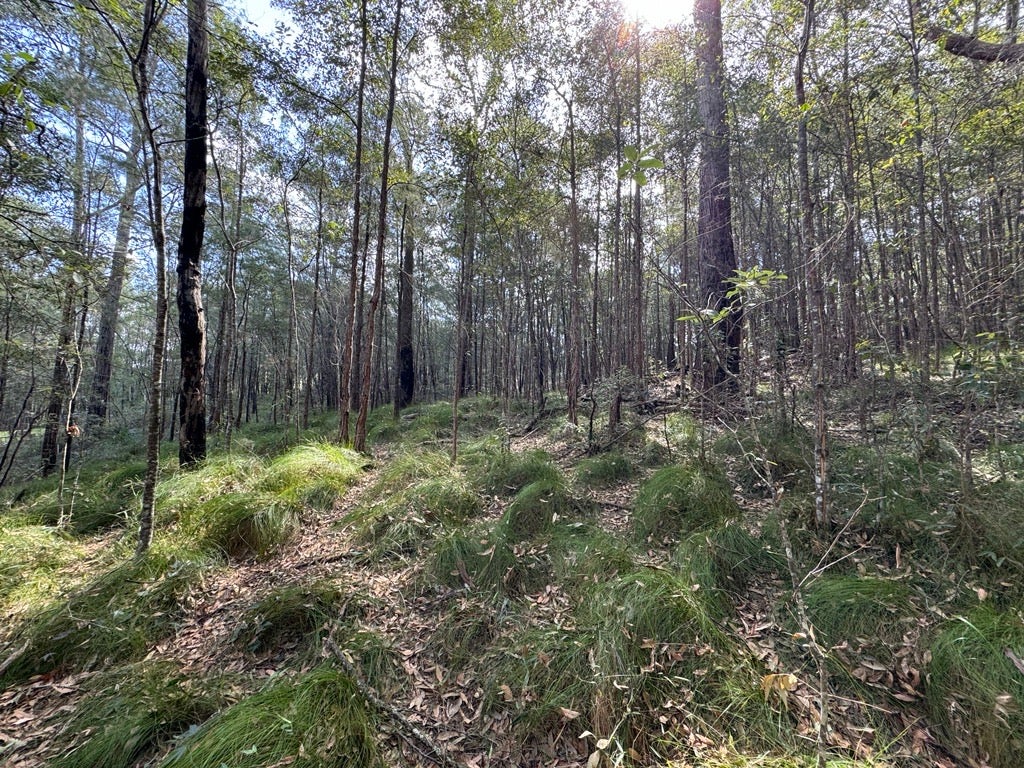
More land for conservation
Council identifies and acquires properties for conservation as it works to implement its Environment and Liveability Strategy, contributing to a sustainable future in our Sunshine Coast Biosphere.
This acquisition also contributes towards meeting Council’s strategic biodiversity target, our region’s growing conservation estate and expanding habitat areas, identified in the Biodiversity Report 2024.
Other recent land purchases include sites in Wootha, Peregian Beach (jointly funded by Council and the Queensland Government), Mount Mellum and Ilkley.
The $82 Environment Levy, paid through rates by every property owner in our region, enables Council to invest in a range of environmental programs and projects to deliver a healthy natural environment.
Since the early 1990s, your Environment Levy has supported the acquisition of more than 4,200 hectares of land for conservation.
All Environment Levy land acquisitions are mapped on Council’s website.
Unique species found on site
Locally significant plant species found on Rupari Hill which are largely restricted to the Glasshouse Mountains area include:
- Triplarina volcanica subsp. volcanica
- Silky cryptandra (Cryptandra propinqua subsp. propinqua).
A home for our threatened species
Threatened plant species found or known to occur on the site include:
- Endangered woolly bush (Styphelia recurvisepala)
- Endangered Mt Beerwah she-oak (Allocasuarina filidens)
- Endangered Coleus torrenticola
- Vulnerable Mount Ngungun May Bush (Aggreflorum luehmannii)
- Vulnerable Gonocarpus effusus
- Near Threatened plunkett malee (Eucalyptus curtisii).
Threatened animals found on the site include:
- Endangered koala (Phascolarctos cinereus)
- Endangered swamp crayfish (Tenuibranchiurus glypticus)
- Vulnerable white-throated needletail (Hirundapus caudacutus)
- Vulnerable_tusked frog (Adelotus brevis)
- Vulnerable powerful owl (Ninox strenua).

